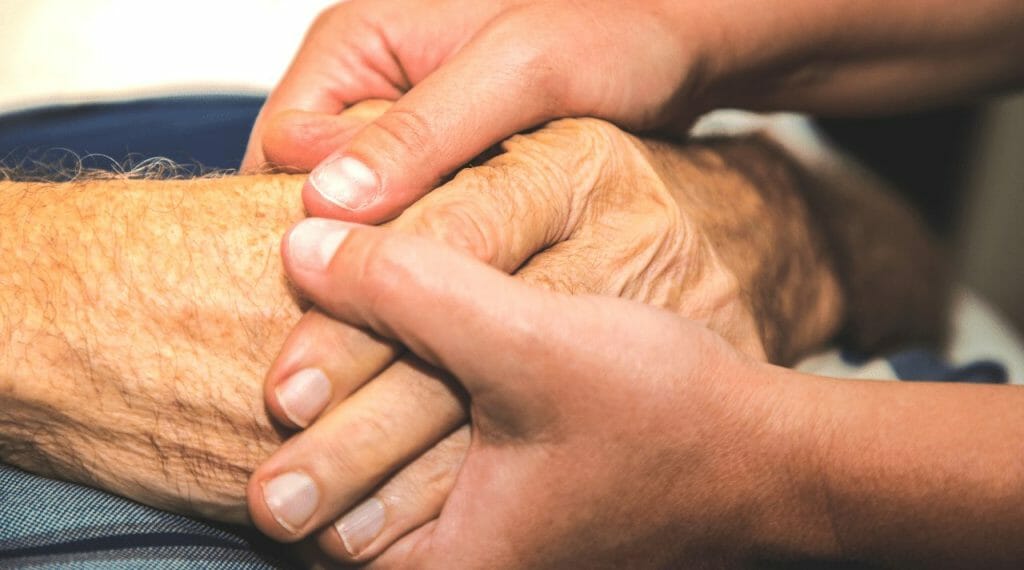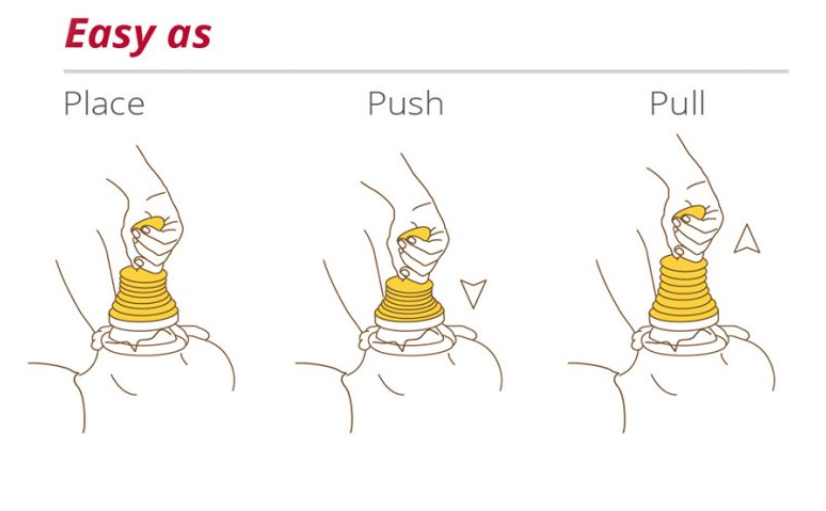Parkinson’s disease is a neurodegenerative disorder that affects the nervous system and can cause a range of symptoms, including tremors, stiffness, and difficulty with movement and coordination.
One symptom that is often overlooked but can have serious consequences is dysphagia, or difficulty swallowing. Dysphagia affects up to 80% of people with Parkinson’s disease and can lead to choking or aspiration (when food or liquid enters the lungs), which can be life-threatening.
In addition to dysphagia, people with Parkinson’s disease may be more prone to choking incidents for several reasons. One is the loss of muscle control that can occur with Parkinson’s disease.
This can affect the muscles involved in swallowing and breathing, making it more difficult to clear the airway in case of choking. Parkinson’s disease can also cause a range of other symptoms that may contribute to choking incidents, such as cognitive impairment, speech difficulties, and drooling.
All of these factors can make choking a serious concern for people with Parkinson’s disease and their caregivers. That’s why it’s important to take steps to prevent choking incidents and be prepared in case of an emergency.

Preventing Choking Incidents in People with Parkinson’s Disease
One important preventative measure is to modify the texture of food and drink to make them easier to swallow. This may involve pureeing or thickening food, or avoiding certain foods altogether.
A speech-language pathologist (SLP) can help with this process by conducting a swallowing evaluation and recommending modifications to the person’s diet.
It’s also important to be aware of the signs of choking, such as coughing, wheezing, and difficulty breathing. If you suspect that someone is choking, it’s important to act quickly and effectively to clear the airway.
Preparing for Emergencies
In addition to taking preventative measures, it’s also important to be prepared in case of an emergency. This may involve having a plan in place for what to do in case of a choking incident, as well as having the necessary tools and equipment on hand.
The Heimlich maneuver, a technique for dislodging an obstruction from the airway, can be effective in some cases, but it may not be safe or effective for people with Parkinson’s disease, particularly if they have weak chest muscles or are prone to falls.
Another option for clearing the airway is the use of a suction device, such as the LifeVac. The LifeVac is a non-invasive suction device that can quickly and safely remove obstructions from a person’s airway. The device is easy to use and can be an invaluable tool in emergency situations.

The LifeVac device works by creating a negative pressure in the airway, which dislodges the obstruction and draws it out of the airway. The LifeVac has been demonstrated to be effective in clinical studies and has been used successfully in emergency situations.
Thus, you should make sure that you store LifeVac in a convenient location for quick access in case of an emergency. It’s also important to ensure that caregivers and family members know how to use the device and are comfortable doing so.
To learn how to use LifeVac, the medical device that has saved more than 840 lives, visit our website by clicking here.



